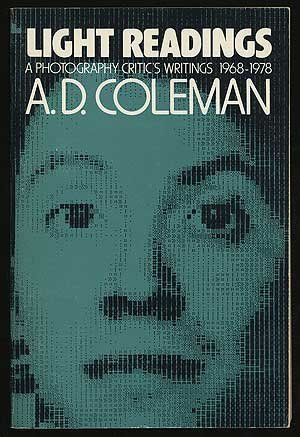 [This is the complete text of a speech delivered at New York University on December 10, 1974, in which I assessed the condition of my field 41 years ago. It was presented as part of N.Y.U.’s 4th Annual Art-Critics-in-Residence Program, which was supported in part by a grant from the National Endowment for the Arts. A few minor revisions, additions and updatings were made subsequently, but the statement stands essentially unaltered. It was published in the October 1975 issue of Camera 35, subsequently reprinted in my 1979 book Light Readings. Part 1 appears below; click here for Part 2.
[This is the complete text of a speech delivered at New York University on December 10, 1974, in which I assessed the condition of my field 41 years ago. It was presented as part of N.Y.U.’s 4th Annual Art-Critics-in-Residence Program, which was supported in part by a grant from the National Endowment for the Arts. A few minor revisions, additions and updatings were made subsequently, but the statement stands essentially unaltered. It was published in the October 1975 issue of Camera 35, subsequently reprinted in my 1979 book Light Readings. Part 1 appears below; click here for Part 2.
As a follow-up, you may enjoy my fall 2011 London lecture, “Dinosaur Bones: The End (and Ends) of Photo Criticism (Part 1)” and “Dinosaur Bones: The End (and Ends) of Photo Criticism (Part 2),” in which I assess the state of photo criticism 37 years later. Spoiler alert: It got a little better, but not for long. — A. D. C.]
•
Because It Feels So Good When I Stop:
Concerning a Continuing
Personal Encounter With Photography Criticism
I am not a photographer. I am a writer. And the impulse which has led me to spend the past six years writing about photography can best be characterized as paranoia.
Certain conjunctions which occurred in 1967 — among them my reading of William Ivins’s Prints and Visual Communication and Marshall McLuhan’s Understanding Media — forced me to the realization that photography was as omnipresent a mode of communication as was my own chosen medium. The recognition that photography shaped me, my culture, my world, and my understanding of all three came as a considerable shock, particularly when accompanied by the admission that I paid it little conscious attention and had no comprehension of its modus operandi.
To alter the conditions of powerlessness generated by this ignorance, I began paying close attention to the medium in its various manifestations throughout my daily life. I also began educating myself, largely through books, in the history and evolution of photography as a mode of visual communication. The material I was ingesting along these lines was supplemented with exposure to as many monographs and exhibits of creative work as I could find; these imagemakers, the artist-photographers, were those searching for the means of controlling and personalizing this encoding system, and their explorations had obvious pertinence to my own.
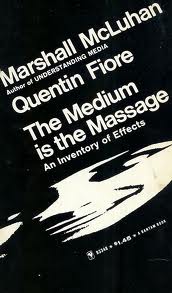 In the course of this autodidactic activity, I came in contact with a diversity of contemporary writing about photography. Such of it as proved most useful to my researches tended, paradoxically, to come from outside the medium; most photography commentators seemed to be writing exclusively for photographers, rather than for a general audience. Then, as now, my interest in becoming a photographic imagemaker was minimal. Such writing was therefore irrelevant to my needs. I came to feel that there might be others in my position, curious about the medium without being performers therein. I also came to feel that there might be some value to threshing out, in public and in print, some understandings of the medium’s role in our lives. And the undertaking of an ongoing engagement with photography, from the specific and declared stance of a member of the audience, contained a challenge which I enjoyed taking up.
In the course of this autodidactic activity, I came in contact with a diversity of contemporary writing about photography. Such of it as proved most useful to my researches tended, paradoxically, to come from outside the medium; most photography commentators seemed to be writing exclusively for photographers, rather than for a general audience. Then, as now, my interest in becoming a photographic imagemaker was minimal. Such writing was therefore irrelevant to my needs. I came to feel that there might be others in my position, curious about the medium without being performers therein. I also came to feel that there might be some value to threshing out, in public and in print, some understandings of the medium’s role in our lives. And the undertaking of an ongoing engagement with photography, from the specific and declared stance of a member of the audience, contained a challenge which I enjoyed taking up.
So, early in 1968, I began writing a weekly column from that perspective for the Village Voice, a weekly New York newspaper. (Titled “Latent Image,” the column ran until the spring of 1973, when I resigned in a censorship dispute.) In 1969, I was invited to write for Popular Photography and subsequently, in 1970, for the New York Times, to which I contributed on a bi-weekly basis through October of 1974.
I am providing this information for several reasons. One is to give those who may well be unfamiliar with my writing some background data to indicate what I’m about and where I’m coming from. The other is to make it clear that I am not being coy, flippant, or refractory when I say that I have absolutely no formal training in photography or in being a photography critic and no fixed idea of what photography criticism is. I do have a working definition of my own activity: the intersecting of photographic images with words. Sometimes I feel I succeed at this; usually, by my own lights, to a greater or lesser degree I fail. It is the process of trying which engrosses me, and though I cannot explain adequately the impulse behind it, this continues to seem to me to be worth doing.
What follows is not the enunciation of a formal aesthetic; I do not have one. Nor is it a distilled methodology for evaluating photographs; from my standpoint, I merely look closely at and into all sorts of photographic images and attempt to pinpoint in words what they provoke me to feel and think and understand. This article, then, is simply one man’s state-of-the-craft report, an account of what I have uncovered in a continuing investigation of what photography criticism may finally prove to be.
•
Among the most distressing problems of photography criticism is the serious shortage of people with whom to discuss them.
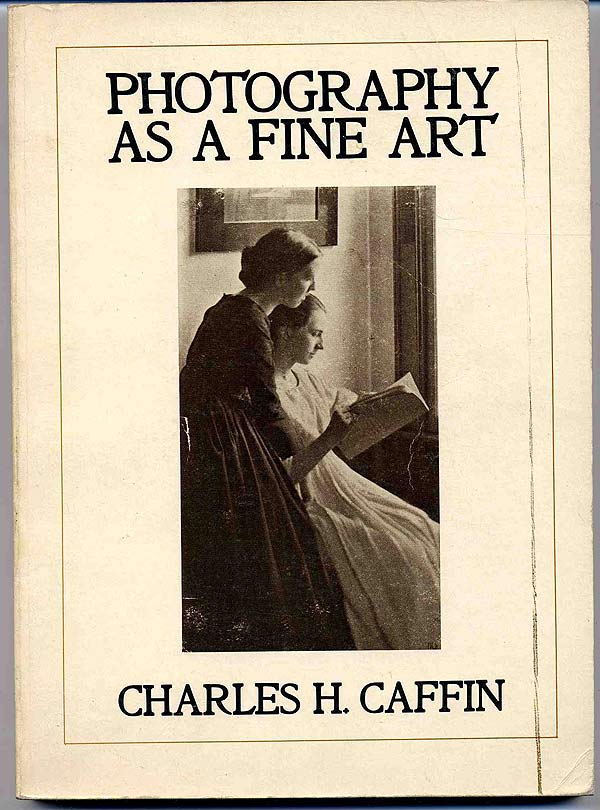 Photography criticism is by no means a crowded field. In New York City, which in terms of the number of gallery and museum exhibitions and book and magazine publishers is surely the photography center of the world, the number of writers regularly responding in print to this flood of material can be counted on the fingers of one hand. Another way of illustrating the scarcity might be to indicate that there are currently a grand total of four books in print which are acts of photography criticism. These are the Camera Work anthology published by Aperture, Charles Caffin’s Photography as a Fine Art, John Ward’s The Criticism of Photography as Art, and Volume 1 of The Photographic Notebooks of D. H. Moore. The first two are collections of early twentieth-century material; Ward’s book is useful but the author is not and never has been a functioning critic in the public arena; Moore’s book is self-published and hard to come by. All in all, hardly an abundant cornucopia with which to entice a potential audience or widen one’s circle of peers.
Photography criticism is by no means a crowded field. In New York City, which in terms of the number of gallery and museum exhibitions and book and magazine publishers is surely the photography center of the world, the number of writers regularly responding in print to this flood of material can be counted on the fingers of one hand. Another way of illustrating the scarcity might be to indicate that there are currently a grand total of four books in print which are acts of photography criticism. These are the Camera Work anthology published by Aperture, Charles Caffin’s Photography as a Fine Art, John Ward’s The Criticism of Photography as Art, and Volume 1 of The Photographic Notebooks of D. H. Moore. The first two are collections of early twentieth-century material; Ward’s book is useful but the author is not and never has been a functioning critic in the public arena; Moore’s book is self-published and hard to come by. All in all, hardly an abundant cornucopia with which to entice a potential audience or widen one’s circle of peers.
In part, this situation may exist because, as an activity, photography criticism is problematic in itself. Though the vast majority of people in our culture may not engage regularly with criticism in such fields as literature, art, and music, and though these forms of cognitive inquiry may serve no valuable purpose in the context of their lives, the validity of the activity itself has long been established and goes largely unquestioned. We all know, or at least think we know, what an art critic or a music critic does, and share a widespread if somewhat vague faith in the ultimate usefulness of their labors.
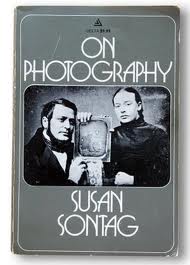 In the minds of many, however, there seem to be vast doubts as to whether photography criticism is actually fit work for a grown man. With photography itself an only-recently legitimized medium in the eyes of the tastemakers and the academicians, photography criticism is still viewed as something akin to an obscure form of perversion, worthy at best of nothing more than passing interest. As a creative medium and a major mode of communication, photography has attracted the brief attention of many commentators, from Charles Baudelaire to James Agee, but has evoked the enduring passion of very few. (Susan Sontag’s recent articles in the New York Review of Books comprise a good case in point. Initially, it appears, Sontag felt that she could say everything worth saying about photography in two pieces, but subsequently felt impelled to flesh out her statement by adding a third, and now a fourth.)
In the minds of many, however, there seem to be vast doubts as to whether photography criticism is actually fit work for a grown man. With photography itself an only-recently legitimized medium in the eyes of the tastemakers and the academicians, photography criticism is still viewed as something akin to an obscure form of perversion, worthy at best of nothing more than passing interest. As a creative medium and a major mode of communication, photography has attracted the brief attention of many commentators, from Charles Baudelaire to James Agee, but has evoked the enduring passion of very few. (Susan Sontag’s recent articles in the New York Review of Books comprise a good case in point. Initially, it appears, Sontag felt that she could say everything worth saying about photography in two pieces, but subsequently felt impelled to flesh out her statement by adding a third, and now a fourth.)
A surprising number of people have written intelligently about photography in the past 135 years. Oliver Wendell Holmes, George Bernard Shaw, Walter Benjamin, Lincoln Kirstein, Roland Barthes (the uncredited source of several of Sontag’s constructs), George P. Elliott, Marshall McLuhan — all are among those whom one could cite as authors of cogent writing about photography. But their contributions to the literature of the medium, however high in quality, are quantitatively scant. Shaw, with perhaps two dozen essays on the subject to his credit, is more prolific than most of the rest put together. However much one might cherish what these writers have had to say about photography, their interaction with the medium has not been extensive enough (Shaw being perhaps a borderline case, and his contemporary Sadakichi Hartmann as well) to qualify them specifically as photography critics rather than critics-at-large. They have nourished the literature considerably, but they are not central to its tradition. [Note: Subsequent to writing this, I delved more deeply into the work of Hartmann, and would retract the above statement about him. Indeed, I’ve come to see him as a both a precursor and a role model. — A. D. C.]
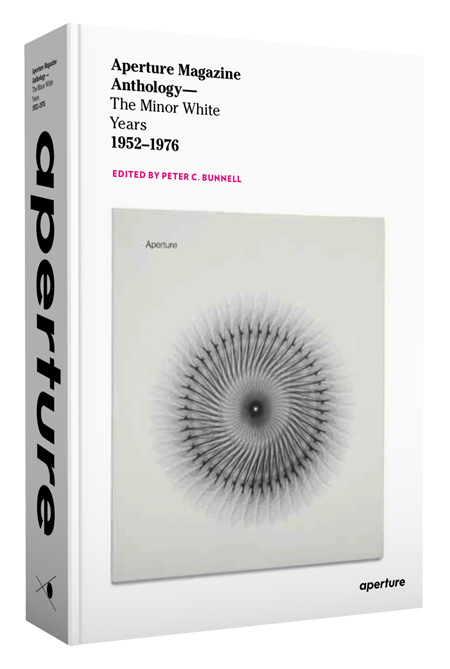 There are other writers with a far less tangential relationship to photography. Both Minor White and Ralph Hattersley have published numerous invaluable essays on the “reading” or interpretation of photographs, and have returned to this subject again and again. White’s approach is drawn largely from metaphysics, Hattersley’s from psychology. Currently they appear to be finding a common ground of gestalt mysticism which, to my way of thinking is proving more obfuscatory than fruitful. Both of them, however, have been pioneers in demonstrating that photographs are not transcriptions but descriptions.
There are other writers with a far less tangential relationship to photography. Both Minor White and Ralph Hattersley have published numerous invaluable essays on the “reading” or interpretation of photographs, and have returned to this subject again and again. White’s approach is drawn largely from metaphysics, Hattersley’s from psychology. Currently they appear to be finding a common ground of gestalt mysticism which, to my way of thinking is proving more obfuscatory than fruitful. Both of them, however, have been pioneers in demonstrating that photographs are not transcriptions but descriptions.
At the same time, it must be noted that both White and Hattersley are photographers and teachers, and that in their writing they speak from those positions. Only rarely has either of them brought his analytical/evaluative approach to bear on a publicly presented body of work to which the maker has, in Emmet Gowin’s pregnant phrase, “given his consent.” The imagery discussed by both has usually been student work, whose status is transitional and thereby protected.
Moving to another group, it must also be said that Beaumont and Nancy Newhall, John Szarkowski, Helmut and Alison Gernsheim, and Van Deren Coke have all written extensively about photography over a period not just of years but of decades, and that each of them has made large contributions to the literature of the medium. But their stances have been those of curator and/or historian, positions which involve a tacit rather than an overt form of criticism.
This is not an insignificant distinction. Curators and historians do act as de facto critics; they select the imagery that the critics will write about and the audience will see. However, the writings of curators tend to be appreciations of work with whose presentation they are directly involved in their sponsorial role. Thus they rarely are obligated to come to terms, in print at least, with imagery to which they feel antagonistic or which does not fit comfortably into their aesthetic. Historians, on the other hand, concern themselves with the chronology (and ideally, though this stage of photography historianship is only beginning to be reached, with the morphology) of a medium’s development. Consequently, the images and imagemakers with whom historians must grapple are generally established ones whose fundamental significance does not need definition or defense, but rather elaboration and placement in context.
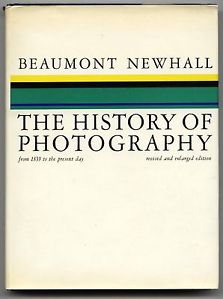 Historians and curators, therefore, write from privileged positions. The historian’s privilege is the detachment and hindsight created by distance in time from the work’s public birth; the curator’s is the closeness and privity which accrues to those with the power of patronage. Neither of these privileges is available to the critic, and their absence distinguishes the critical function from the curatorial and historical.
Historians and curators, therefore, write from privileged positions. The historian’s privilege is the detachment and hindsight created by distance in time from the work’s public birth; the curator’s is the closeness and privity which accrues to those with the power of patronage. Neither of these privileges is available to the critic, and their absence distinguishes the critical function from the curatorial and historical.
Critics do, of course, sometimes write appreciations as well as exegeses, and often concern themselves with work from the past. The boundaries are not always clearly marked. For the purposes of this discussion, however, let us establish the following parameters:
A critic should be independent of the artists and institutions about which he/she writes. His/her writing should appear regularly in a magazine, newspaper, or other forum of opinion. The work considered within that writing should be publicly accessible, and at least in part should represent the output of the critic’s contemporaries and/or younger, established artists in all their diversity. And he/she should be willing to adopt openly that skeptic’s posture which is necessary to serious criticism. (This last requirement includes, implicitly, a willingness to bear the resentments which are evoked by anyone adopting that posture. The word skeptic is used advisedly. Critical activity is not enmity, nor hostility. But the critic is not, and should not become, anyone’s mouthpiece; and we must keep in mind the important differences between constructive, affirmative criticism and the awarding of gold watches. The greatest abuses of a critic’s role stem from the hunger for power and the need to be liked.)
Given the guidelines above, we can safely say that there are virtually no photography critics at work in this country outside of those individuals who write for a small handful of newspapers and photography magazines. No general-interest publication, no radio or TV station, and no major art periodical presents anything resembling running critical commentary devoted to photography.
A recent survey of the field, published as part of the book Photography: Source & Resource (Lewis, McQuaid, & Tait; Turnip Press, 1973), listed some 30 writers nationwide whose work could at least in part be defined — according to the survey’s qualifications — as photography criticism. Many of these were columnists writing for a variety of regional newspapers, whose work I cannot evaluate because I am unfamiliar with it. Indeed, I had heard of and read work by less than one-third of those included. However valuable the writing of the others may be for their local readers, it is not part of a larger critical dialogue, for it is not even circulating among other critics.
That is a moot point, however, since there is in fact nothing yet approaching a true critical dialogue taking place within photography, even in the pages of the more widely disseminated publications. Few exhibits and books are discussed by more than one commentator, and it’s a rare issue which is examined from more than one angle. In photography, we are at a stage best described as pre-critical mass, and though an explosion seems imminent it has not yet come to pass.
Thus it is impossible to discuss the “problems of photography criticism” as though they were clearly formulated and widely agreed-upon issues, consciously faced by a diversity of critics familiar with each other’s relative positions, and known to an audience engaged in active observation of critical interactions and the concepts emerging therefrom.
This is very far indeed from being the case. Excepting the recent “debate” between Minor White and myself in Camera 35, the last open controversy in print over photographic ideas and methodologies was the purist-pictorialist battle royal in the pages of Camera Craft three decades ago. That’s a long time between rounds.
(Part 1 I 2)
•
 Special offer: If you want me to either continue pursuing a particular subject or give you a break and (for one post) write on a topic — my choice — other than the current main story, make a donation of $50 via the PayPal widget below, indicating your preference in a note accompanying your donation. I’ll credit you as that new post’s sponsor, and link to a website of your choosing. Include a note with your snail-mail address (or email it to me separately) for a free signed copy of my 1995 book Critical Focus!
Special offer: If you want me to either continue pursuing a particular subject or give you a break and (for one post) write on a topic — my choice — other than the current main story, make a donation of $50 via the PayPal widget below, indicating your preference in a note accompanying your donation. I’ll credit you as that new post’s sponsor, and link to a website of your choosing. Include a note with your snail-mail address (or email it to me separately) for a free signed copy of my 1995 book Critical Focus!


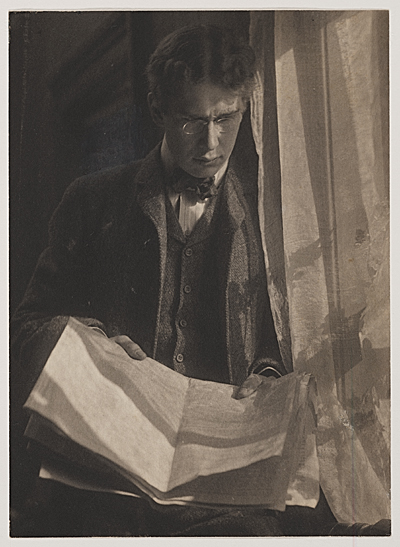
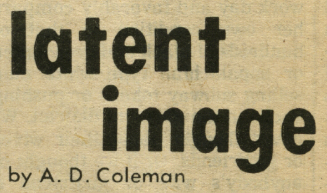
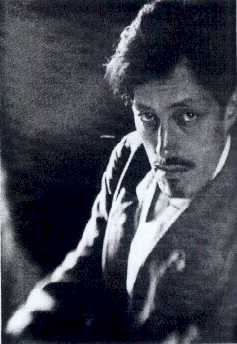
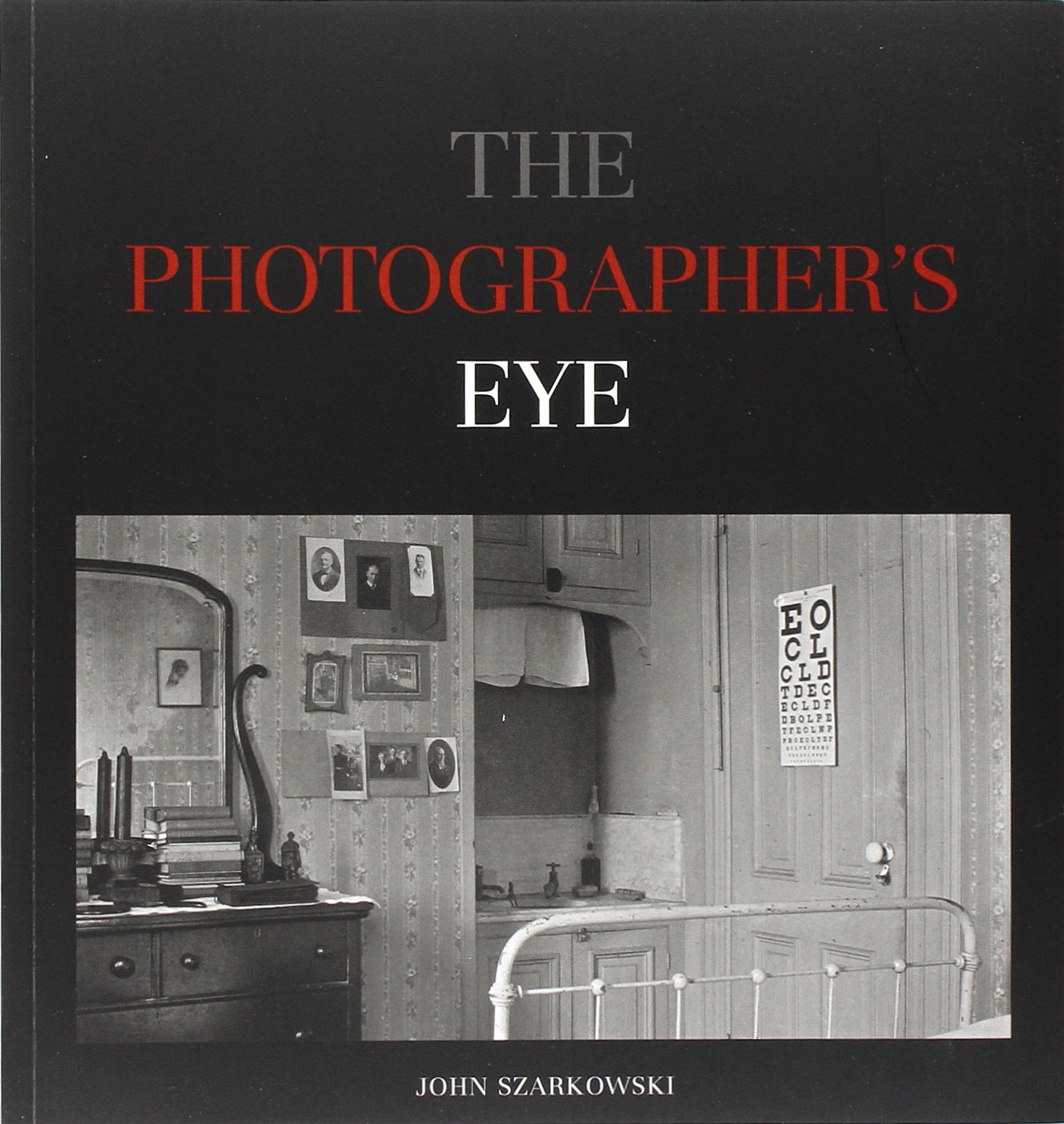
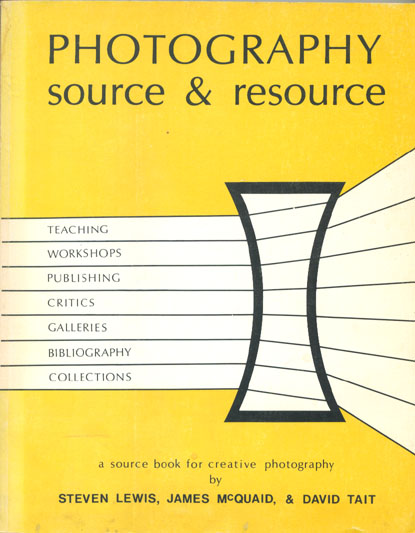
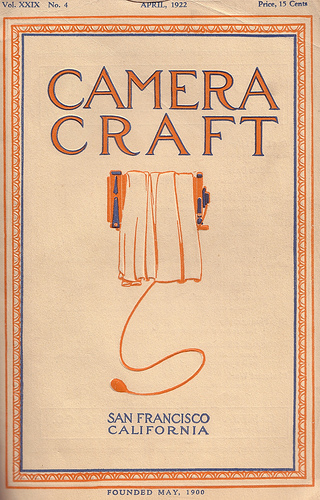




Leave a Comment